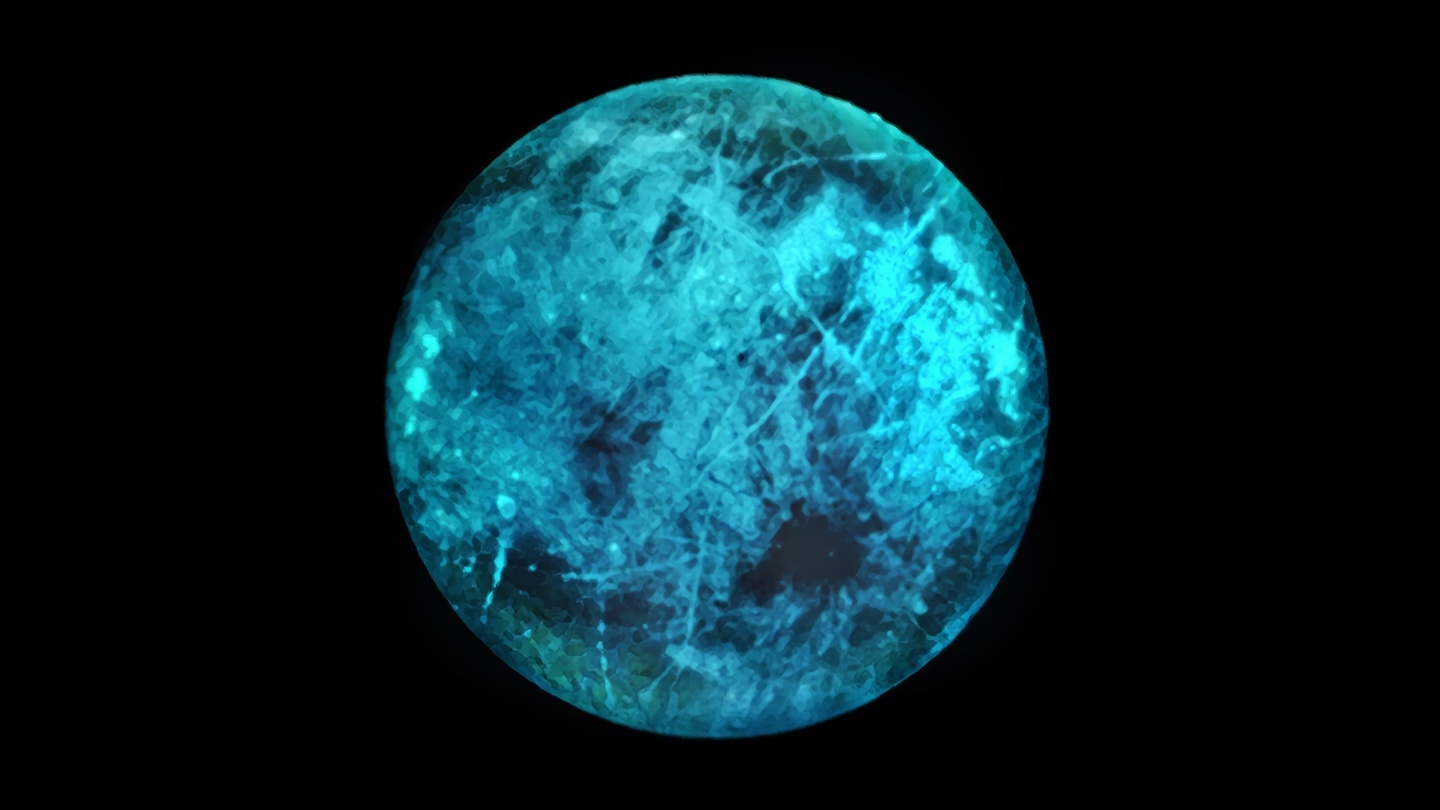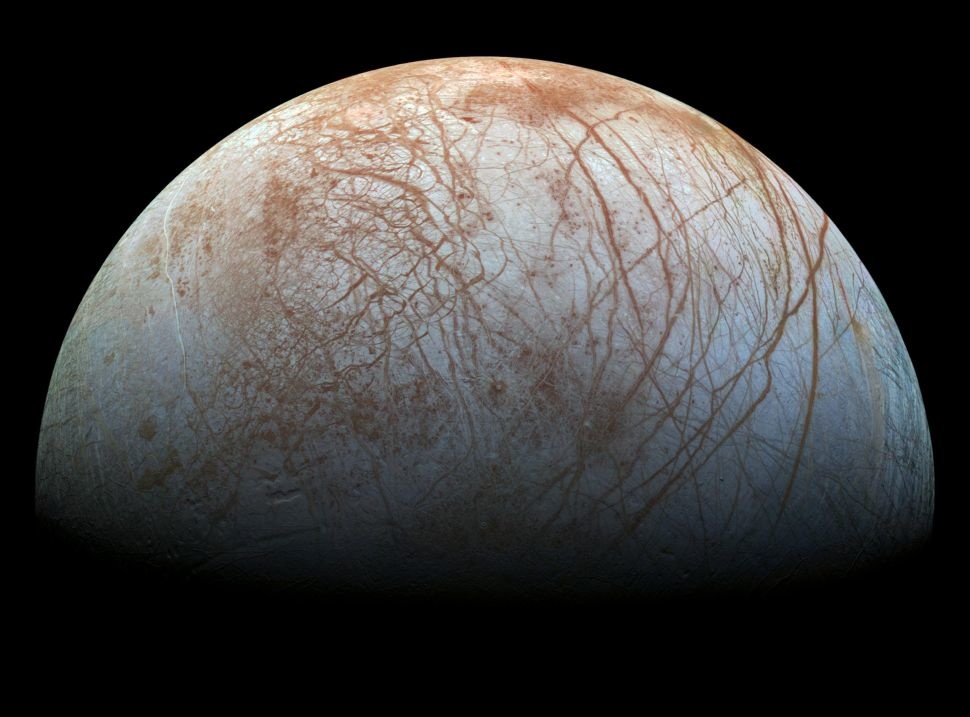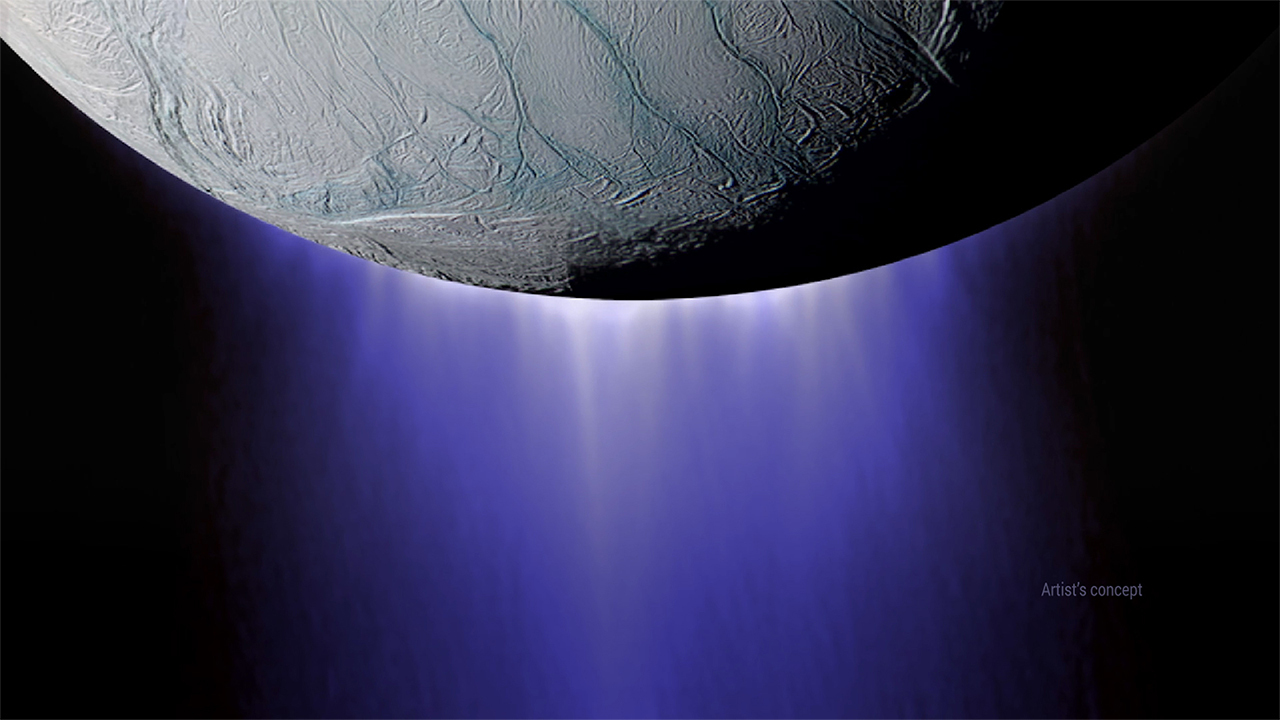europa
Using a laboratory model, scientists get a nice Jovian surprise.
A leading British space scientist thinks there is life under the ice sheets of Europa.
Everyone loves Europa, says Neil deGrasse Tyson. Why? It’s a strong bet for finding life in our solar system, and it’s even more amazing because it breaks all the rules.
▸
7 min
—
with
NASA scientists discover what two places in the solar system might have favorable conditions for alien life.
A very small person asks a very big question: why aren’t the moons of gaseous planets also made of gas?
▸
4 min
—
with
Peel off your tin-foil hat like a Hershey’s Kiss, because Bill Nye has a reality check for the alien conspiracy theorists out there.
▸
6 min
—
with





